Pine lining: pros and cons
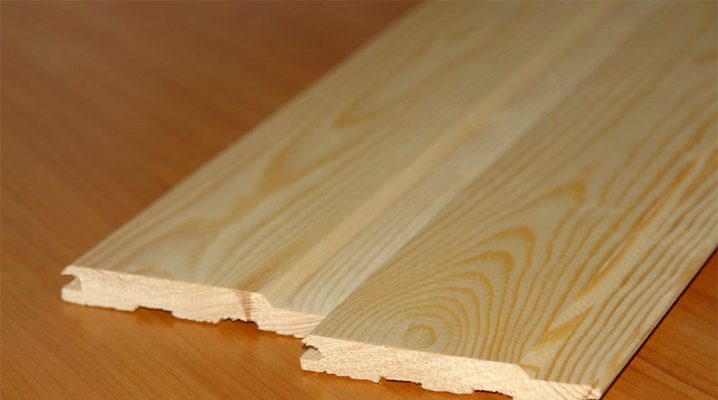
Among the huge variety of finishing materials that differ in appearance, strength and durability, wooden lining (euro lining) is in special demand. It is made from various types of wood. Manufacturing companies use both softwood and hardwood. The buyers appreciated the pine material at a high level. This finishing material has a number of significant advantages due to which it has become a leader.
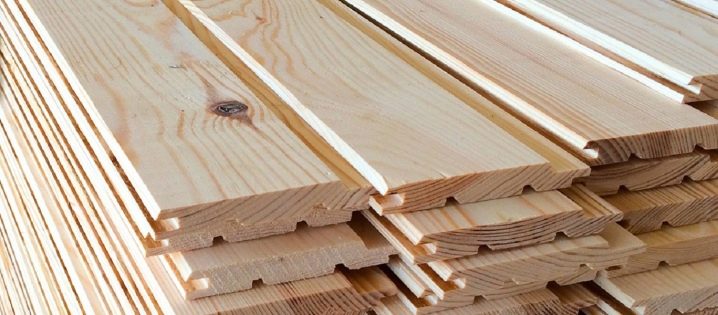
Peculiarities
Pine lining is made from a large, massive and dense board. It is made by the factory method. In the product catalogs, you will find several varieties that differ not only in size, but also in quality and classification.

Benefits of softwood
Experts and ordinary users have compiled a number of features of the raw materials used for the manufacture of finishing materials. The first thing to note is the light weight compared to other breeds. In addition, the material has strength, density and reliability against constant stress and mechanical damage. Raw material finishes do not adversely affect the structure of the grating, causing strong pressure.
The natural moisture of pine is low when compared with deciduous species. The material for the workpiece swirls quickly, which reduces processing and manufacturing costs. The result is the best price available to many buyers.

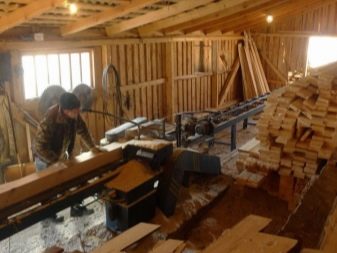
Another distinguishing feature is its long service life. A large amount of resin is concentrated in pine. These components are used as preservatives. It is they who give the finishing material durability. The well-known spruce has practically the same properties. But the cost of spruce lining is lower than pine products due to the release of resins.
The pine tree has an attractive color with an expressive golden pattern. The drawing is very original and interesting. With the help of finishing material, you can organize original decor.
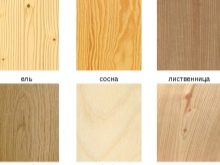
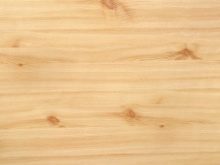
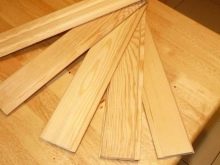
Dignity
Natural coniferous wood trim has advantages that you need to familiarize yourself with before purchasing a product.
Appearance
Natural natural material is always in great demand due to its appearance. Wood is associated with home warmth, coziness and comfort. Many buyers are attracted by the original drawing on the boards. Such material combines expressiveness, sophistication and a certain simplicity.
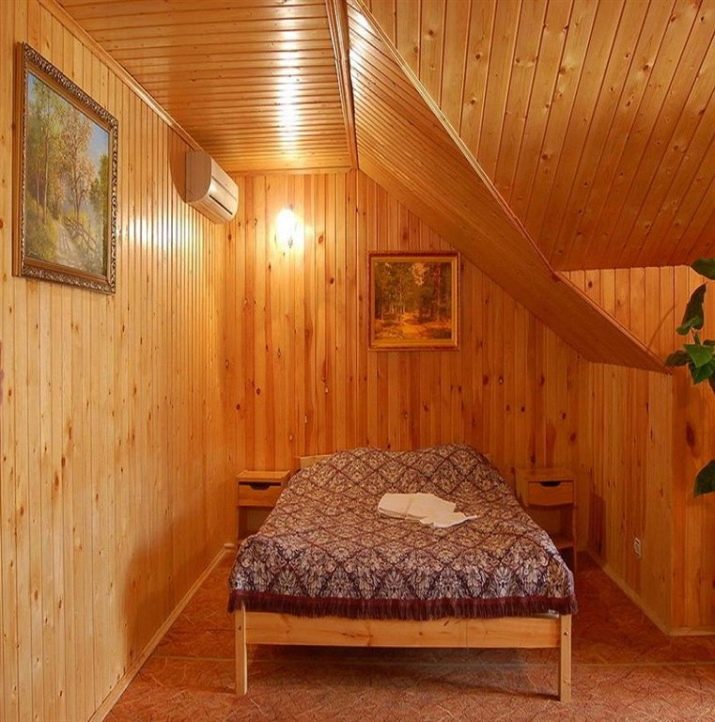

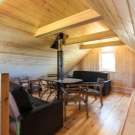
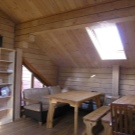
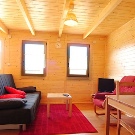
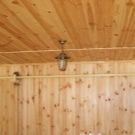
Durability
The lining is distinguished by its practicality and long service life, even without taking into account the additional treatment with protective and antiseptic mixtures. A high-quality finish will retain its beauty and shape for years after installation.
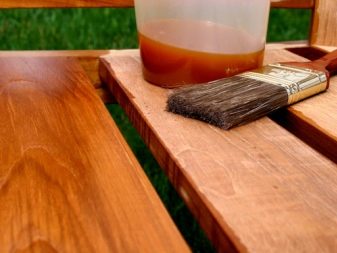

The weight
Its light weight makes the installation process simpler, easier and more convenient. The same applies to dismantling.
Price and assortment
Despite the fact that natural wood is used in the production, the price of such a finish is affordable. Due to its popularity, you will find lining in any hardware store. A wide selection will satisfy the needs of the most demanding buyers. The assortment helps to translate various design ideas into reality.
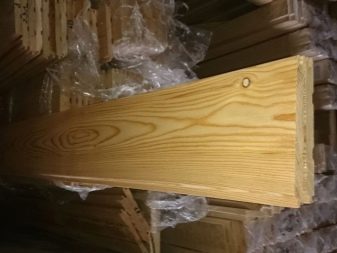
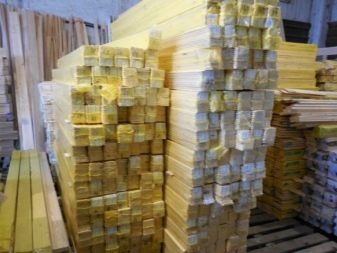
Experts note that it is possible to carry out the installation procedure of the boards on your own due to certain advantages indicated above. Additional expensive equipment for the transfer and transportation of the lining during operation is not required.
Security
The material is natural and environmentally friendly. The product is completely safe for health, even when it comes to allergy sufferers, children and animals.
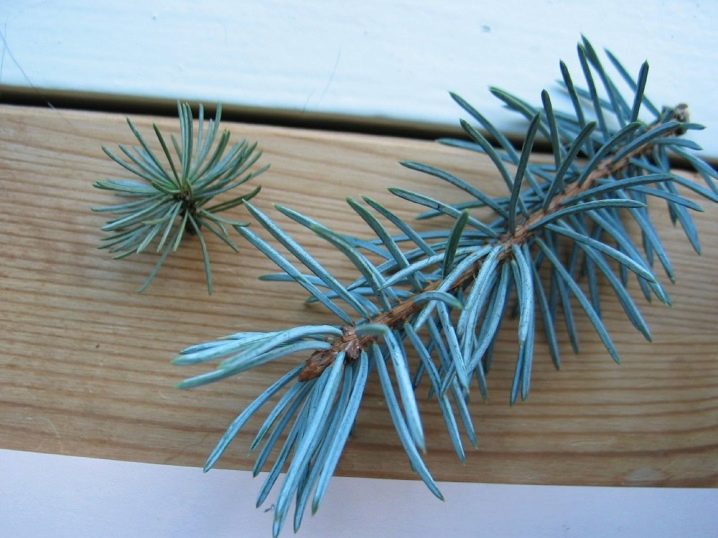
disadvantages
Experts and ordinary buyers have not found any significant drawbacks to this finish option. All the disadvantages are associated exclusively with the characteristics of the tree, such as burning and the need for processing from the negative effects of moisture, mold and mildew.
Views
Depending on the quality, 4 types of lining are distinguished.
- "Extra". This is the highest class of finishing material. In accordance with the established norms, all boards must be smooth and free from defects such as knots, cracks, bumps, grooves, chips, etc.
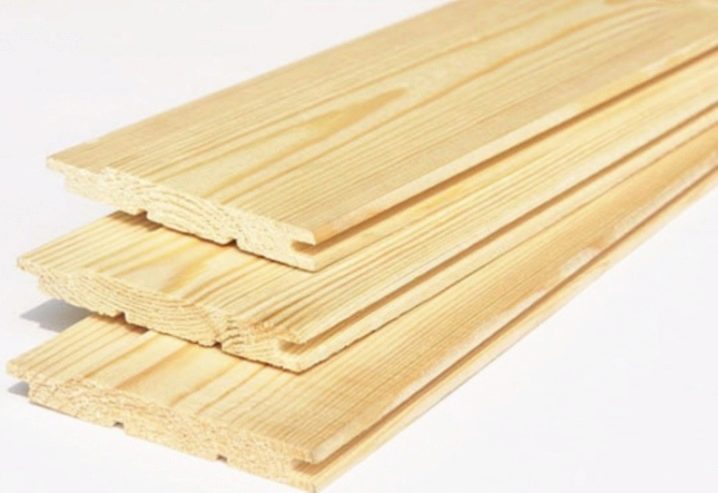
- Class A. Second classification of quality. The presence of a core is allowed, as well as small cracks, gouges and some knots. Resin pockets are possible.
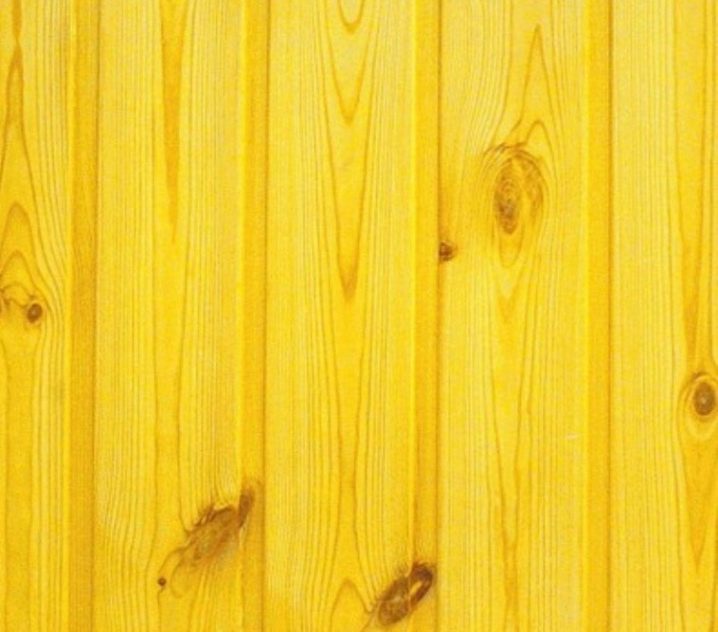
- Class B. The maximum knot size allowed is up to 2 centimeters. The size of the resin pockets is 3x50 millimeters. Cracks - from 1 to 50 millimeters.
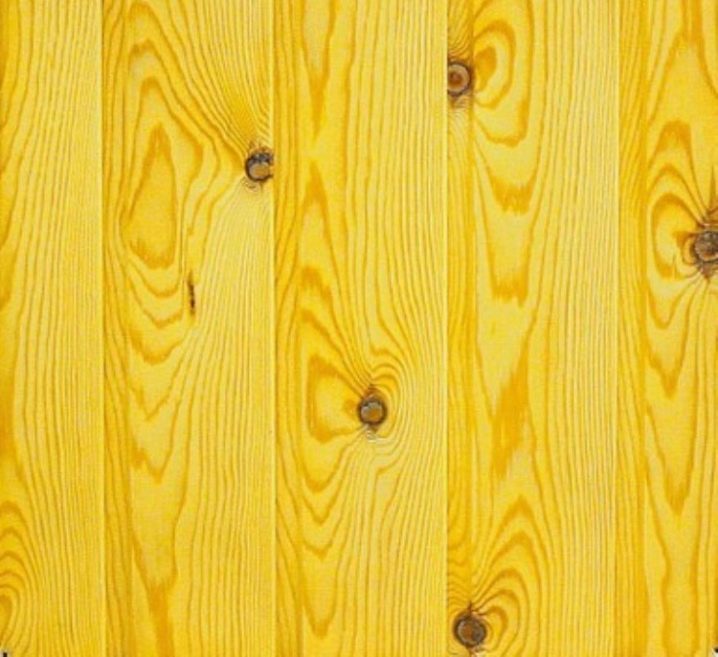
- Class C. Boards of this type are rarely used for cladding living quarters. In this case, you can find knots on the boards, the size of which reaches 2.5 centimeters. There are also blind cracks, the length of which reaches 5% of the length of the web.
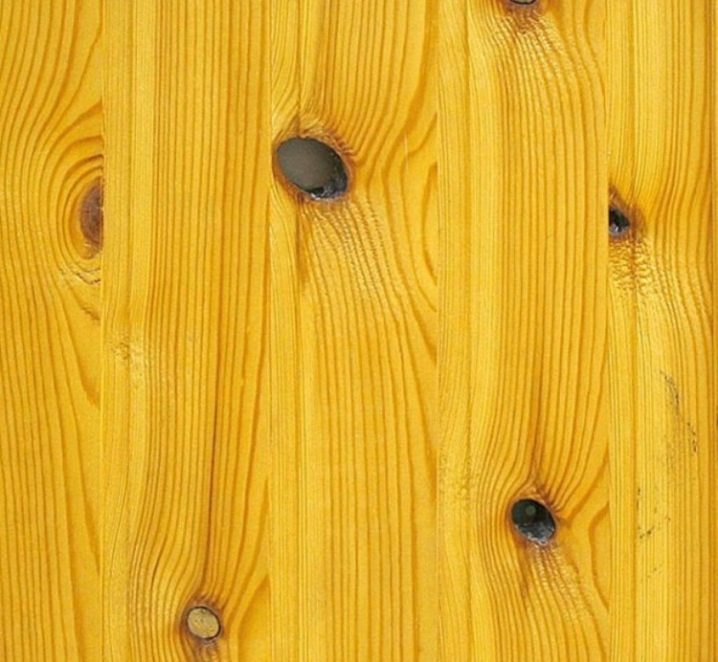
The first grade is produced by the splicing method. Craftsmen resort to this technique due to the fact that a flat and perfectly flat rail cannot be cut out of a solid type of solid wood. The sizes of the boards may vary.
Types
There are many different configurations, let's dwell on the most popular ones.
- Quarter. This type is also called standard. This is the most popular and affordable option. The simplest type is a planed board with chamfers that can be removed from the longitudinal side. The material is practical and easy to use. Undried wood is used in production. Most often, the material is used for technical purposes.
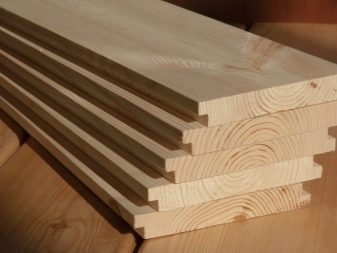
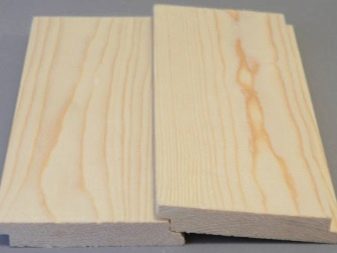
- "Thorn in the groove". The second type has spike-in-groove connections. Pine lining of this type has a slight depression. This is done for a special effect - water flows down when installed in a vertical type. The moisture content of the material is 12 to 16%. The maximum thickness of one board is 16 millimeters. The product is processed using a planer.
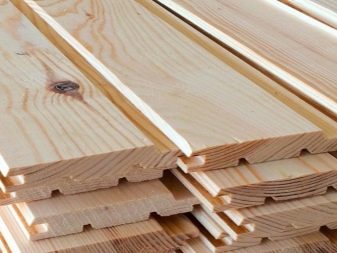
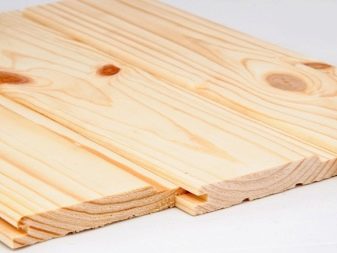
- Planed lining. Dry finishing material, bevels on the longitudinal side. This variety is wider than standard dimensions. The maximum width is up to 145 millimeters, while the optimal figure is 90 millimeters. It is recommended to use such a lining when decorating the ceiling.
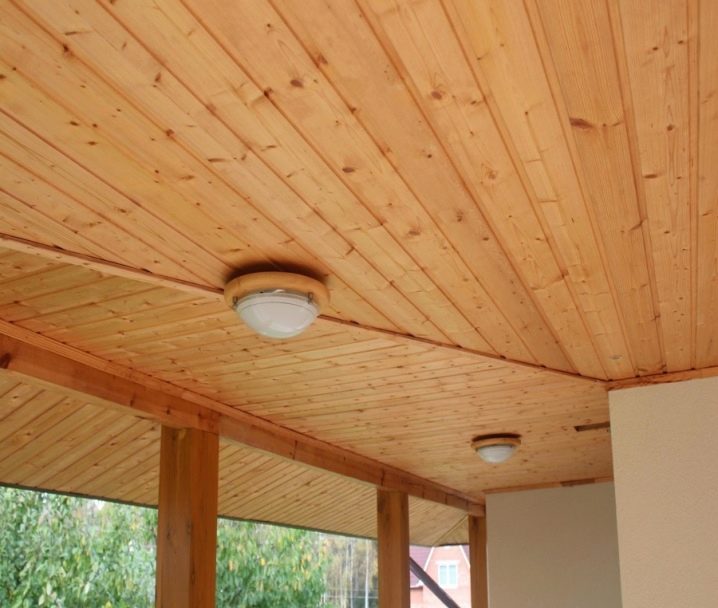
How to choose a lining of the desired grade and size for finishing is described in the video.













The comment was sent successfully.